String of pearls is an interesting succulent with spherical leaves that has captured the attention of plant lovers all over the world. But where does this drought-tolerant plant come from, and what does its natural environment look like? Let’s go on a trip to the native environment of string of pearls to see how this tough succulent does in the wild.
Origin and Distribution
Senecio rowleyanus, the scientific name for String of Pearls, is a plant that lives in dry parts of southwest Africa. In particular, it grows naturally in the warmer, partly desert-like eastern Cape Provinces of South Africa. Conditions like this dry, rocky area with little rain have shaped the unique features of string of pearls over time.
In its native habitat string of pearls grows as a sprawling ground cover, its long trailing stems spreading horizontally across the harsh terrain. The plant is well adapted to hot dry climates and is found flourishing in areas with fast-draining sandy soils. Its low spreading growth habit allows it to cloak the ground, forming dense mats in open areas.
Adaptations for Desert Survival
To survive in such a challenging habitat, string of pearls has evolved specialized adaptations that enable it to thrive where other plants cannot.
-
Spherical leaves – The pea-sized, ball-shaped leaves have a minimal surface area, reducing water loss through evaporation. This shape holds moisture more effectively than a flat leaf
-
Tiny succulent texture—The leaves are thick and fleshy, which lets them store water for a long time and survive droughts.
-
Translucent leaf windows – Specialized tissue allows light into the leaf interior, boosting photosynthesis despite the small exterior surface area.
-
Trailing stems – Long stems radiate from the base, hugging the ground and seeking shade and moisture.
-
Stems that root: Wherever the stems touch the ground, they root to spread out and get more water.
-
Dense groundcover – A carpet of interwoven stems and leaves protects the soil underneath, preventing moisture loss.
These specialized adaptations allow string of pearls to not just survive, but thrive in hot, arid environments with limited water resources.
Climate Conditions
The climate where string of pearls grows naturally is characterized by:
- Hot, sunny days with temperatures from 65°F to over 100°F
- Cold nights, with drops of 20-30 degrees from daytime highs
- Low annual rainfall, often less than 20 inches
- Intense, direct sunlight for much of the day
- Fast-draining sandy or rocky soils
- Low humidity – very dry air
- Daily shifts from extreme heat to cold temperatures
- Little protection from sun, wind, and temperature swings
These harsh conditions have shaped the physical traits and growing preferences of string of pearls. The plant is able to remain healthy and beautiful despite the adversity of its native landscape.
Soil and Terrain Needs
In habitat, string of pearls flourishes in rocky, fast-draining soils. It is found growing in crevices, along slopes, and over boulders where water drains rapidly. These rocky sites provide perfect drainage to prevent root rot. The porous surface also supports the long trailing stems, allowing them to spread widely.
When growing string of pearls at home, it’s important to replicate its free-draining soil needs. Use a potting mix formulated for cacti and succulents, containing a high percentage of inorganic materials like perlite, pumice, or gravel. You can further improve drainage by adding extra perlite to the mix. A clay or terracotta pot is ideal as it allows evaporation through the porous walls.
Wildlife Connections
Beyond its physical beauty, string of pearls plays an integral role in its native ecosystem. Its small white flowers produce nectar that attracts insect pollinators which are essential for reproduction. The sprawling mats also provide critical habitat, shelter, and shade for small animals like lizards, rodents, and invertebrates. By supporting this web of life, string of pearls contributes to the biodiversity of its harsh environment.
Seasonal Growth Cycle
In habitat, string of pearls experiences distinct seasonal shifts which influence its growth patterns:
-
Rainy season: Actively grows and spreads, using the increased moisture to replenish water storage in its leaves.
-
Dry season: Enters dormancy, slowing growth to conserve resources. Uses water reserves in leaves for maintenance and survival.
-
Blooming season: Produces small white flowers after the rainy period, relying on insect pollination for reproduction.
-
Seed dispersal: In midsummer, sets seed to scatter and spread progeny to new locations.
Understanding this natural cycle helps guide care at home, allowing the plant periods of growth and rest that support its overall health.
Challenges in the Wild
Despite its adaptations, string of pearls faces considerable challenges in its native habitat:
-
Limited rainfall – Must rely solely on its water storage abilities to endure drought.
-
Intense sun – Scorching sunlight and heat are constant stresses. Cool microclimates offer relief.
-
Temperature extremes – Adapts its growth to survive swings from frigid nights to blazing days.
-
Poor rocky soils – Must efficiently extract water and nutrients from its harsh terrain.
-
Competition – Persistently spreads and reproduces to dominate the landscape.
The challenges string of pearls overcomes in its natural environment are remarkable. Understanding these hardships allows us to support the plant when cultivated in home gardens.
Caring for String of Pearls at Home
To keep string of pearls happy indoors, the key is mimicking the conditions of its natural habitat:
-
Provide very bright, indirect light
-
Allow the soil to dry out between waterings
-
Use a fast-draining cactus/succulent mix
-
Limit water in winter when dormant
-
Avoid overwatering which can lead to rot
-
Let it trail and cascade from pots and hanging baskets
By observing and learning from its extraordinary adaptations, we can appreciate string of pearls as a survivor. Caring for it as an indoor plant allows us to bring a touch of wild beauty into our homes.
Journeying into the native environment of string of pearls provides fascinating insights into how this alluring succulent thrives in harsh desert landscapes. Understanding its natural habitat and growth preferences enables us to become better caretakers. Whether enjoyed indoors or discovered in the wilds of South Africa, the resilient string of pearls continues to enchant plant aficionados with its singular spherical leaves and trailing stems. With a little knowledge of its ecology, we can support its health and beauty wherever we choose to cultivate this charming succulent.
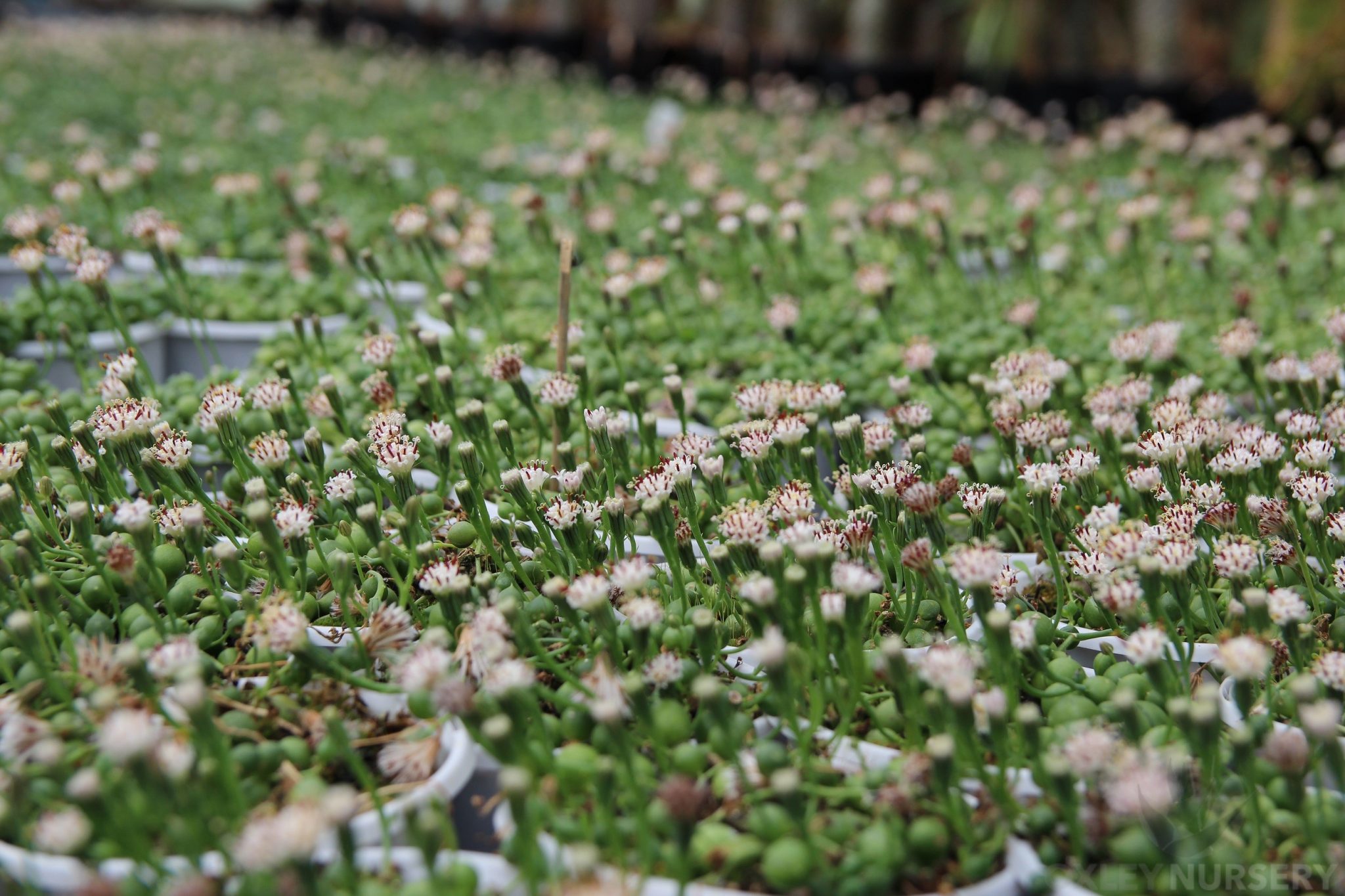
Latest from Wisconsin Yard & Garden
If you’re unable to find the information you need, please submit your gardening question here:
Featured Articles by Season
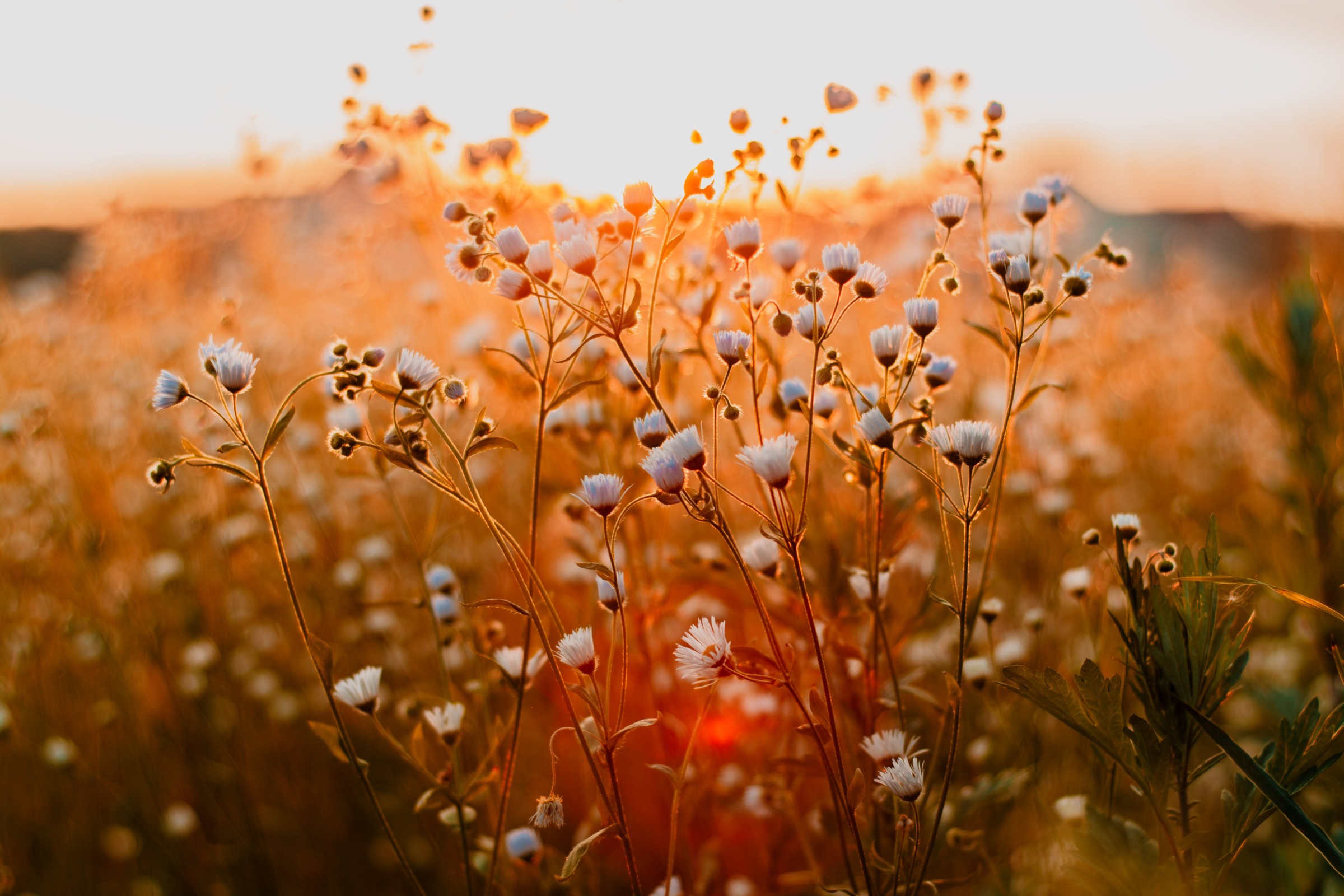
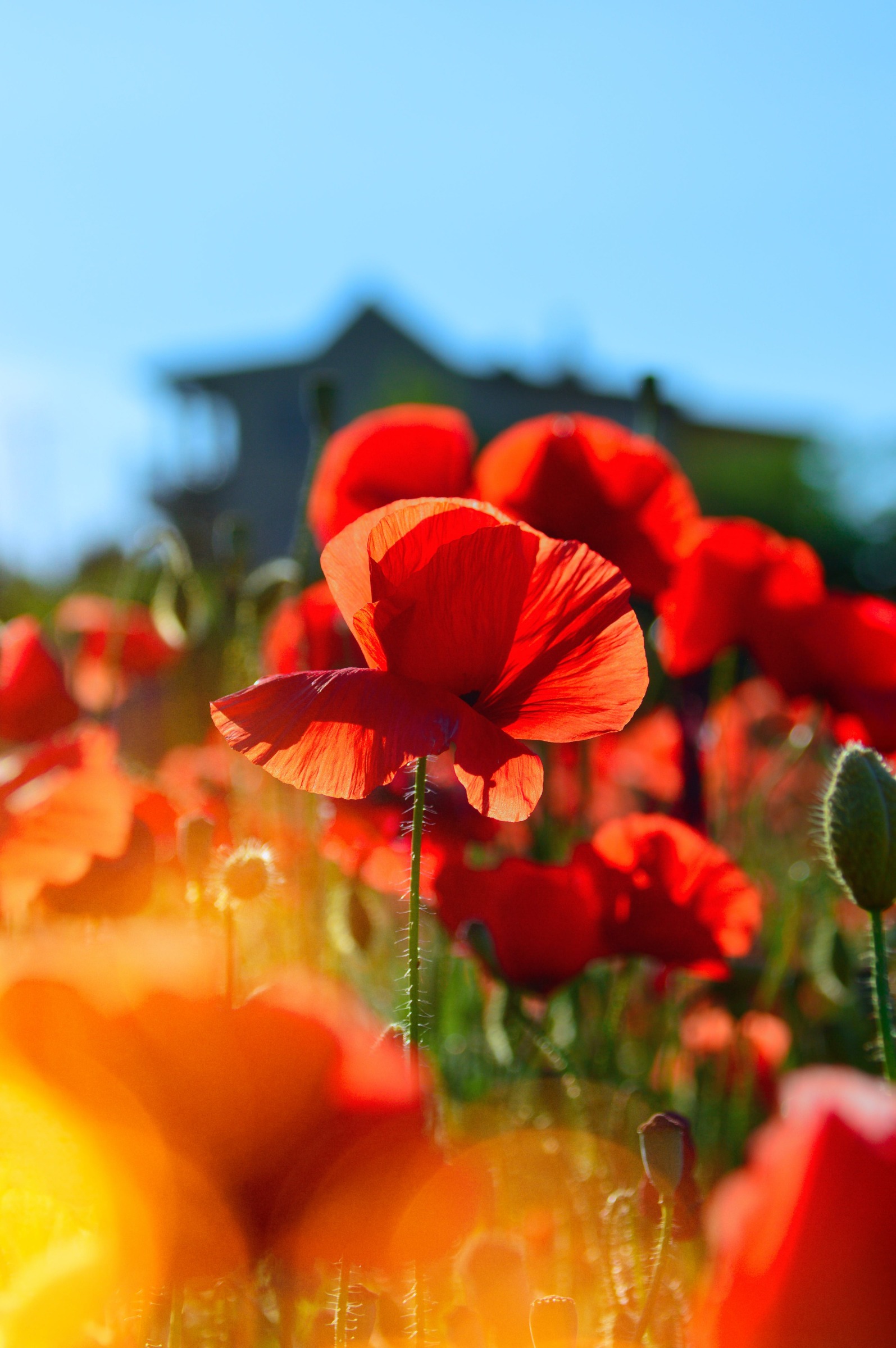
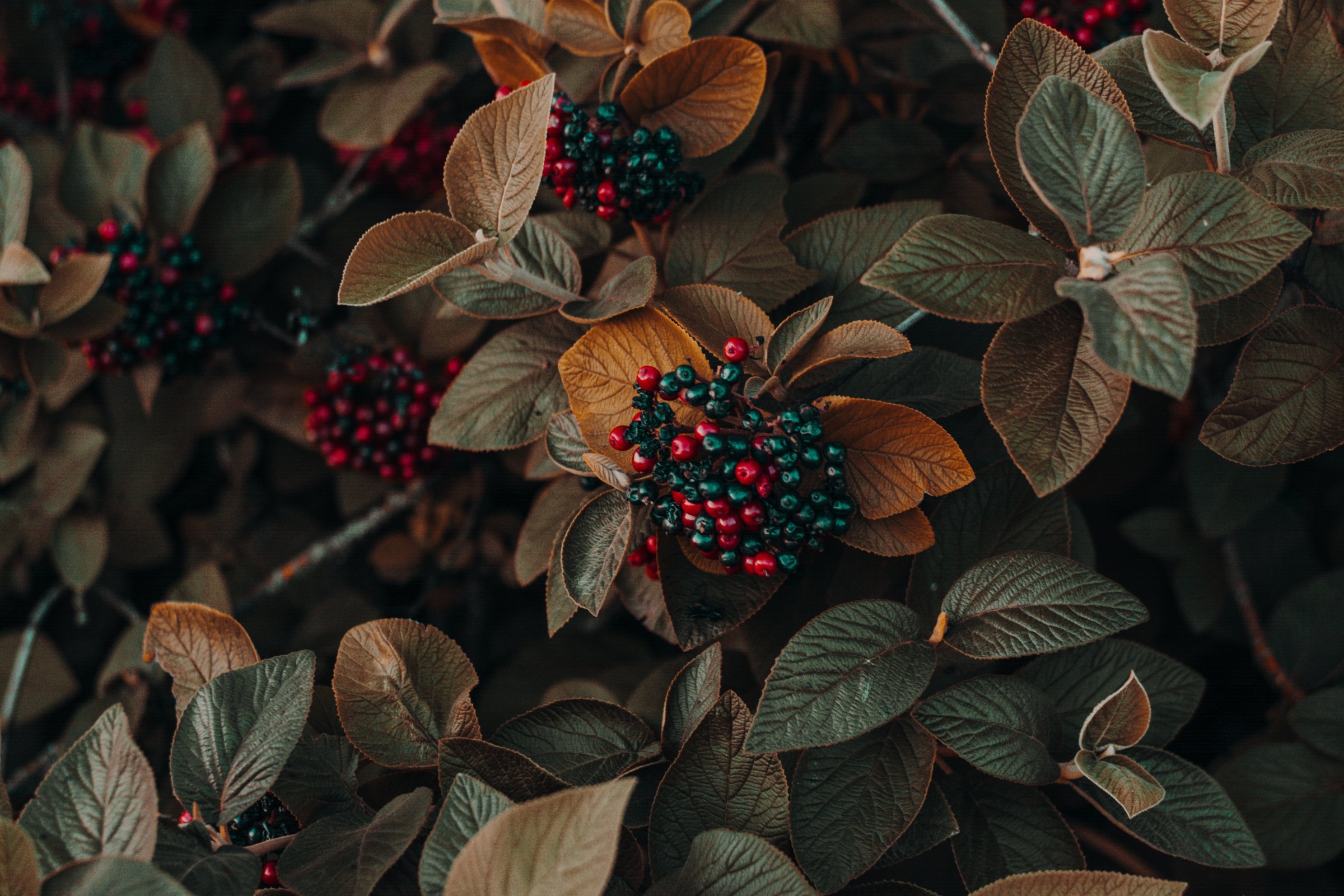
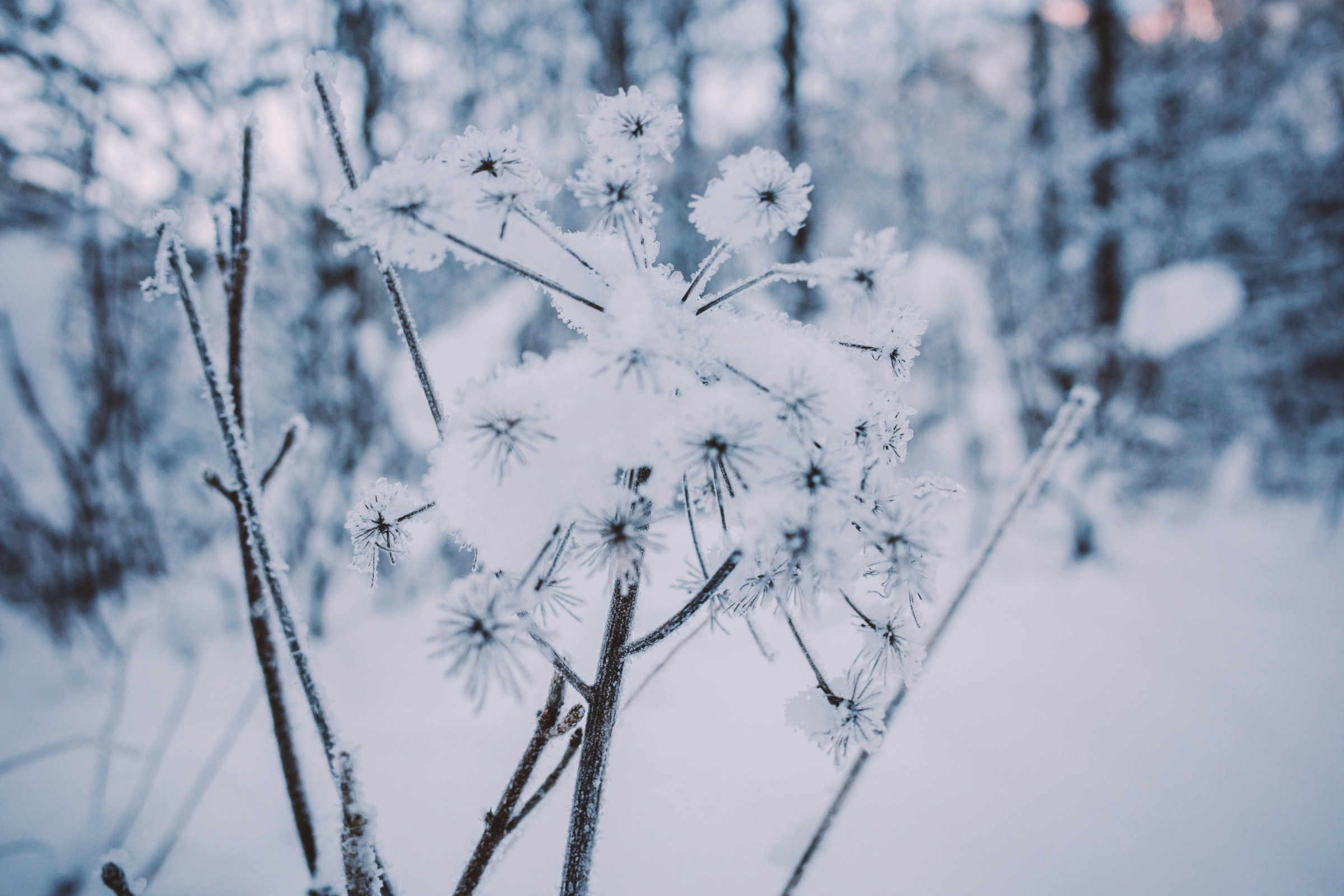
PROPAGATION TIPS | 3 EASY WAYS TO PROPAGATE STRING OF PEARLS | SUCCULENT PROPAGATION
FAQ
Do strings of pearls grow in the wild?
All of these stringy plants hail from arid regions of South Africa. In the wild, they mostly scramble over rocks and bushes, often emerging out of cracks in rock in search of the right microclimate.
Where do strings of pearls naturally grow?
This soft, evergreen perennial plant is from dry parts of the eastern Cape of South Africa. It is in the daisy family (Asteraceae). There is also a variegated form with wide white stripes and sections (which might actually be S.
Is string of pearls rare?
Variegated succulents, like this string of pearls, are very rare and gardeners and collectors want them because they look so different.
What is the native environment of string of pearls?
In its natural habitat of the rocky terrain of South Africa’s Cape Province, the string of pearls will grow creeping shoots that form a mat along the ground, so it is accustomed to some shade and a warm climate. It prefers free-draining soil that gets a good soak but is allowed to dry out between watering.
